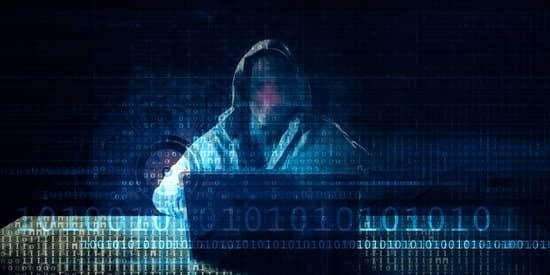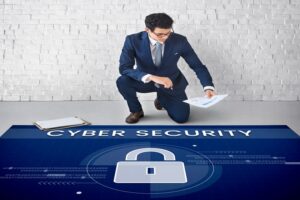The CEO’s Role In Cybersecurity
As the importance of digital continues to expand, and as everything becomes more and more interconnected. The role of cybersecurity for CEOs and leaders has never been more critical.
Cybersecurity is no longer a domain exclusive to IT departments but a boardroom imperative requiring an organization-wide cultural shift with the CEO and other leaders at the helm.
This article delves into the cybersecurity landscape from the vantage point of leadership, exploring CEOs’ crucial role in fortifying their organization’s cybersecurity.
This is a cybersecurity call to action for those steering the ship.
Understanding the Cyber Threat Landscape
The threats that CEOs and their leadership face are constantly evolving. Hackers are relentless, aiming to steal data or disrupt operations.
However, two major threats have emerged: ransomware and social engineering attacks.
Ransomware Evolves

Ransomware is now a dual threat. It’s not just about encryption and ransom demands anymore. After encrypting your data, some hackers threaten to leak sensitive information onto the public web.
This is often called “double extortion.” Also known as pay-now-or-get-breached. It refers to a growing ransomware strategy where the attackers initially exfiltrate large amounts of private information, then encrypt the victim’s files.
Following the encryption, the attackers threaten to publish data unless a ransom is paid. With potential damages ranging from regulatory fines to tarnished reputation, it’s not just a matter of data loss but a severe business crisis.
Social Engineering Surges
When we think about social engineering, phishing emails often come to mind.
However, these attacks have grown more sophisticated and have begun using platforms beyond email.
Hackers are now leveraging social media and even phone calls, in what’s known as vishing, to manipulate employees. With many staff working remotely, the boundary between professional and personal spaces is blurred, making it easier for hackers to exploit trust.
Silent Threats Lurk
Advanced Persistent Threats (APTs) are stealthy, long-term attacks. They often leverage “living off the land” tactics, meaning they use common tools or features already in your systems to stay undetected.
As such, traditional security measures often fail to catch them. APTs aren’t about quick wins; they aim to remain hidden, siphoning off valuable data or observing your operations to strike most effectively.
This can lead to significant intellectual property loss or even allow competitors to gain strategic advantages.
State-Sponsored Attacks Rise
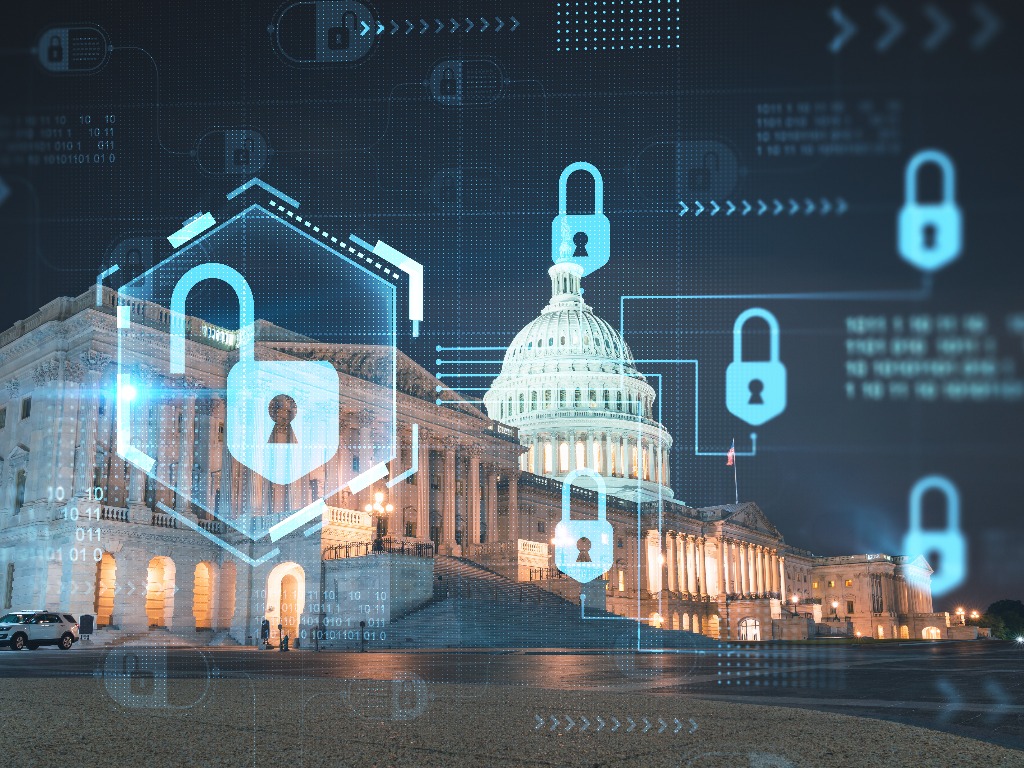 State-sponsored cyberattacks are steadily rising, turning cybersecurity into a global chessboard. These aren’t typical cyberattacks – they’re often sophisticated, well-funded, and have specific strategic objectives.
State-sponsored cyberattacks are steadily rising, turning cybersecurity into a global chessboard. These aren’t typical cyberattacks – they’re often sophisticated, well-funded, and have specific strategic objectives.
Unlike standard hackers aiming for quick financial gains, state-backed hackers may target critical infrastructures or influence public opinion. They have the patience and resources to carry out intricate, long-term campaigns.
As such, their attacks are often multi-layered, combining various threats like ransomware, APTs, and social engineering into a coordinated assault.
As a CEO, understanding these evolving threats can be the difference between proactive defense and reactive recovery. Staying informed and adaptive is crucial in this ever-changing cyber threat landscape.
The CEO’s Crucial Role in Cybersecurity
When one thinks of cybersecurity, the picture often emerges of IT professionals working diligently to stop cyber threats.
Yet, as the leader of an organization, a leader’s role in cybersecurity is markedly different but no less important.
The CEO as the Cybersecurity Strategist

While the technical team is responsible for the day-to-day defense against cyber threats, the CEO sets the strategic direction for the organization’s cybersecurity approach.
The Chief Information Security Officer (CISO) ‘s decisions can influence how well the organization is prepared for a cyberattack. This includes resource allocation, policy development, and shaping the cybersecurity culture within the organization.
CEOs need to understand the landscape of cyber threats but don’t need to become cybersecurity experts.
Their role is to grasp the impact of these threats on the organization and to determine the level of risk the company is willing to tolerate. In essence, it’s about balancing the need for security with operational efficiency and business objectives.
Allocating cybersecurity resources
A crucial part of leadership is deciding how much to invest in cybersecurity. This doesn’t just mean money; it’s also about time and human resources.
The CEO and his leadership must weigh the potential cost of a cyberattack against the resources required for adequate defense and recovery. This demands a deep understanding of the organization’s structure, most valuable assets, and potential vulnerabilities.
Setting the Cybersecurity Tone
CEOs have a unique role in establishing the organization’s cybersecurity culture.
They can instill a security-first mindset throughout the company, making cybersecurity everyone’s responsibility. This includes fostering an environment where employees feel comfortable reporting potential security issues.
The Power of Partnership

Finally, CEOs must build relationships with external partners, such as law enforcement and cybersecurity firms. These relationships can prove invaluable in the event of a cyberattack, providing crucial support during a crisis.
In a world where cyber threats are a reality, the role of a CEO in cybersecurity is to guide, strategize, and invest in the right defenses. It’s about something other than understanding the technical details but about driving a strategic approach to cybersecurity that permeates the entire organization.
And that is the biggest cybersecurity challenge a CEO must rise to.
Unmasking Threats: Cybersecurity Risk Assessments
If you’re navigating a ship through treacherous waters, wouldn’t you want a map detailing the hazards?
That’s the role of cybersecurity risk assessments in the digital landscape. They form critical maps illuminating potential dangers, paving the way for strategic decisions and defenses.
A cybersecurity risk assessment comprehensively evaluates your organization’s digital health. It entails identifying your information assets, the threats they face, and the damages these threats could cause.
Additionally, it takes stock of existing security measures and their effectiveness in safeguarding against potential attacks.
Risk Assessments often take a backseat.
Surprisingly, cybersecurity risk assessments often take a backseat in cybersecurity strategies. Despite their immense importance, organizations may need to pay more attention to them due to time constraints or underestimating their value.
This lack of attention can leave the organization vulnerable to threats they could have otherwise foreseen and neutralized.
Illuminating the Unknown
A key benefit of cybersecurity risk assessment is that it shines a light on areas of potential exposure. It acts like a spotlight in the shadowy corners of your digital assets and systems, unveiling vulnerabilities that may have otherwise remained hidden. Organizations can take proactive steps to reinforce their defenses by understanding these weaknesses.
The Backbone of Cybersecurity Strategy

Another major significance of cybersecurity risk assessments is their role in forming an effective cybersecurity strategy. The insights gained from the assessment guide formulating policies, procedures, and controls to mitigate identified risks. In essence, it’s the intelligence upon which cybersecurity defenses are built and fortified.
Cybersecurity is a dynamic field. New threats emerge as technologies evolve, and staying one step ahead requires adaptability. Regular cybersecurity risk assessments are crucial in staying up-to-date with the current threat landscape, enabling organizations to adjust their strategies as needed.
How Much Cybersecurity Does Your Organization Really Need?
Determining the precise level of cybersecurity your organization needs can take time and effort. But by breaking it down into a few key areas, the task becomes more manageable.
-
Identify Critical Data
First, could you take stock of the data you hold? Does your organization deal with sensitive customer information, proprietary data, or intellectual property? The more critical the data, the higher the security required to protect it.
-
Understand Your Risk
Next, examine your risk environment. A multinational corporation faces different risks compared to a small local business. Factors such as your industry, size, and geographic presence shape your risk profile, determining your cybersecurity needs.
-
Compliance Requirements
You’ll have specific cybersecurity compliance requirements if you’re in a regulated industry like healthcare or finance. Adhering to these regulations isn’t just about meeting legal obligations but protecting your organization from significant threats.
-
Impact of a Potential Breach
Think about the potential impact of a security breach. How would an attack affect your operations? If downtime could significantly harm your business, you’ll need robust security measures to prevent this.
Stay Ahead of the Cybersecurity Curve
Lastly, remember that cyber threats are constantly evolving. Stay abreast of new developments in the cybersecurity landscape, and adjust your strategies as needed.
How much should you invest in cybersecurity?
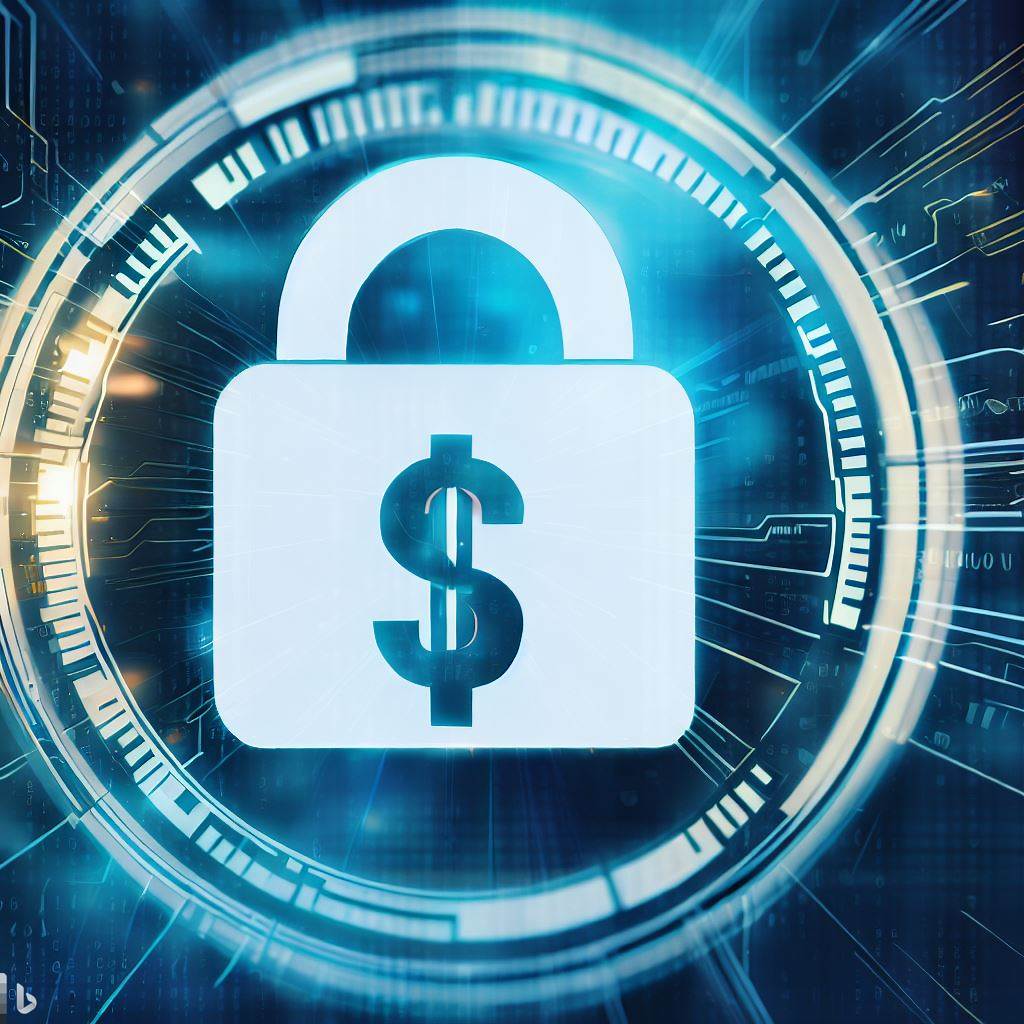
How much should a company really invest in cybersecurity? The answer is as varied as the companies themselves.
Let’s break it down.
It’s All About Risk
In the world of cybersecurity, it’s all about risk. Risk can be considered the potential for an asset’s loss, damage, or destruction because of a threat exploiting a vulnerability. A company’s cybersecurity investment should be proportional to its risk.
Size Does Matter
The size of a company often dictates the scope of its cybersecurity needs. Larger organizations with more data and systems to protect will likely need to allocate more resources toward cybersecurity.
That’s not to say smaller businesses can slack off—they might have fewer assets, but their risk exposure can be equally significant.
Industry Specifics
The industry you operate in is another critical factor. Some sectors, such as finance and healthcare, are highly regulated and face greater cyber threats, necessitating higher cybersecurity investment. On the other hand, a local bookstore might need a different level of cybersecurity investment.
Other Considerations
Several other factors should also influence your cybersecurity budget. The complexity of your IT infrastructure, the sensitivity of your data, and the potential impact of a cyber breach on your business are all important considerations.
A Smart Investment
Despite the costs involved, it’s crucial to remember that cybersecurity is not an expense—it’s an investment. Investing in cybersecurity can help prevent financial losses from data breaches, protect your brand’s reputation, and maintain customer trust.
Creating A Cybersecurity Culture

Building a robust cybersecurity culture is vital to installing the latest security software. It’s the collective responsibility of everyone in the organization to ensure cybersecurity. So, how can we create a culture that puts security at the forefront?
- Acknowledge the Importance: Cybersecurity safeguards your business’s reputation, productivity, and bottom line. It’s not just tech; it’s a human firewall.
- Top-Down Approach: Leadership’s active involvement in cybersecurity sets a precedent. Lead by example.
- Training: Keep your team up-to-date on the latest threats and mitigation strategies. The most advanced systems are only as strong as the users operating them.
- Open Communication: Encourage your team to report potential threats fearlessly, aiding early risk detection.
- Consistent Reminders: Regularly reinforce good cybersecurity habits to keep them top of mind.
Developing a cybersecurity culture isn’t an option; it’s a requirement in today’s digital world. Could you make it part of your organization’s DNA to prepare for future cyber threats?
Avoiding Common Cybersecurity Mistakes
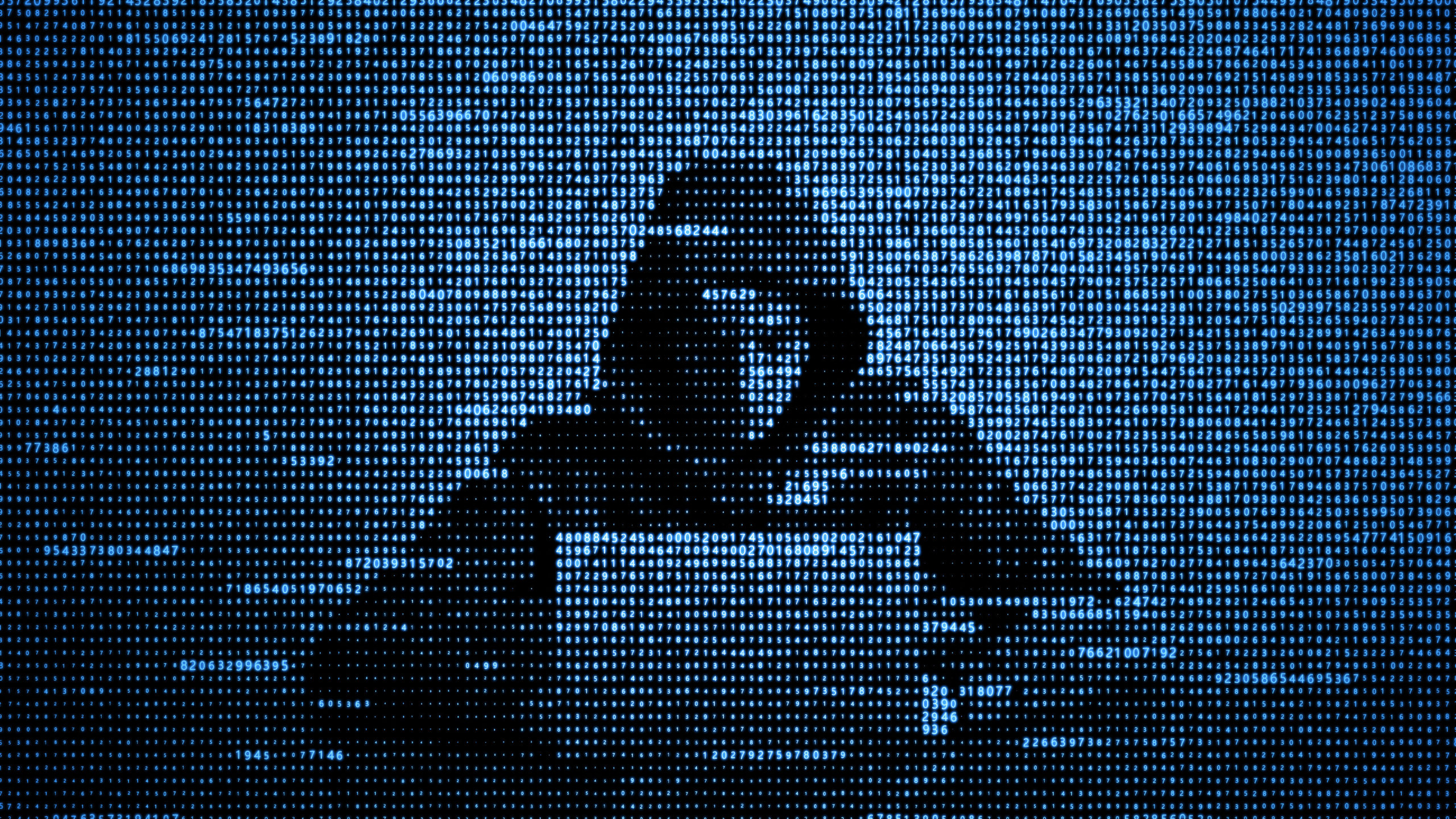
In the world of cybersecurity, even seasoned CEOs can make missteps. Let’s explore a few common mistakes and how to sidestep them.
1. Underestimating the Threat
It’s a familiar scene: CEOs believe cyber threats and cyber-attacks only happen to ‘other’ companies. This underestimation can lead to inadequate security measures.
As a solution, adopt a proactive mindset. Please regularly review and update your cybersecurity strategies to stay one step ahead of hackers.
2. Lack of Cybersecurity Awareness
CEOs may need to be fully aware of their company’s cybersecurity needs. The key to addressing this lies in education. Understand your industry’s unique threats and stay informed about evolving cybersecurity trends.
3. Failure to Foster a Security Culture
Some CEOs focus heavily on cybersecurity infrastructure but must foster a security-centric culture. Don’t make this mistake. Your employees can be your strongest defense, so invest in regular cybersecurity training and awareness programs.
4. Inadequate Incident Response Plans
Many CEOs need a solid incident response plan. Cyber threats aren’t always preventable, but damage control is possible. Develop and practice a clear action plan for when things go wrong.
5. Neglecting Regular Audits
Regular audits can slip off the priority list but are crucial for identifying potential vulnerabilities. Could you make cybersecurity audits a common occurrence? This proactive measure can help you detect and address vulnerabilities before they become significant issues.
Every CEO can learn from these common cybersecurity mistakes. You can lead your organization toward a more secure future by staying vigilant, educated, and proactive.
CEO Cybersecurity Action List:

For CEOs, ensuring your organization’s cybersecurity is not just a responsibility—it’s a necessity.
So, where do you begin? Here’s a practical action list to help enhance your cybersecurity posture.
1. Understand the Risks
First, comprehend the potential cyber threats and attacks that could harm your business. Gain insights into the different types of cyber threats, such as malware, ransomware, phishing, and insider threats.
2. Educate Your Team
As the CEO, take the lead in emphasizing the importance of cybersecurity awareness across the company. Arrange regular training sessions to update everyone about potential threats and good cyber hygiene.
3. Foster a Cybersecurity Culture
Make cybersecurity a part of your corporate culture. Encourage good security habits, like strong password practices, and recognize employees who follow them.
4. Conduct Regular Cybersecurity Audits
Performing frequent cybersecurity audits helps identify vulnerabilities in your systems. Regular audits can be your first line of defense against potential threats.
5. Invest in Advanced Cybersecurity Measures
Standard security measures like firewalls and antivirus software are essential, but more than they might be needed against sophisticated attacks. Consider advanced measures like AI-driven security tools, threat intelligence, and Security Orchestration and Automated Response (SOAR).
6. Establish a Disaster Recovery Plan
Even with the best security measures, breaches can happen. Prepare a disaster recovery plan outlining your organization’s steps following a cyber-attack.
7. Regularly Update and Patch Systems
Outdated software can be an easy target for cybercriminals. Make sure all software and systems are regularly updated and patched.
8. Partner with Cybersecurity Experts
Don’t hesitate to seek help from experts. Cybersecurity is complex, and partnering with professionals can provide the advanced protection your organization needs.
These are actionable steps every CEO can take toward enhancing cybersecurity. Remember, cybersecurity is not a one-time event but a continuous process. Stay proactive and vigilant to keep your organization safe.
Additional Cybersecurity Insights for CEOs

Every CEO must be aware of the typical cybersecurity challenges, such as malware and phishing.
However, the landscape of cyber threats is vast and complex. Let’s uncover some unique facets of cybersecurity that every CEO should know.
-
Cybersecurity is a Business Issue, Not Just IT
Historically, cybersecurity has been viewed as an IT concern. Yet, a cyber attack can jeopardize your business, making it a high-level executive issue. It’s essential to integrate cybersecurity into your business strategy.
-
Human Error is a Significant Risk
Surprisingly, the most considerable cyber threats often come from within. Unintentional mistakes from employees can lead to significant security breaches. Continuous staff training on cybersecurity best practices is crucial.
-
Cybersecurity Investments Have Business Benefits
Investing in cybersecurity is about more than risk mitigation. A robust cybersecurity posture can enhance your brand reputation, build customer trust, and create a competitive advantage.
-
Cyber Insurance is Worth Considering
Cyber insurance is an underexplored field but can provide a financial safety net if a breach occurs. This insurance can cover data recovery, notification expenses, and legal fees.
-
Compliance Does Not Equate to Security
Merely complying with regulations won’t guarantee protection from cyber threats. Adopting a proactive approach and going beyond what the law requires is essential.
-
The Rise of AI in Cybersecurity
Artificial Intelligence (AI) is playing an increasingly important role in cybersecurity, both in terms of threats and solutions. It’s crucial to understand this duality and make strategic decisions accordingly.
These unique aspects of cybersecurity underscore why it’s a strategic issue requiring CEO-level attention.
Conclusion: Cybersecurity and CEOs
To sum up: cybersecurity matters.
It’s not just IT’s job – you steer the ship as the CEO or leader. This goes for cybersecurity as well.
It’s about risk management and keeping your business safe and secure.
When you invest in cybersecurity, you also invest in your brand’s reputation and earn your customer’s trust. Think about using new tactics like cyber insurance and AI tools.
Stay alert. With cyber threats always changing, you need to stay one step ahead. Don’t just follow the rules – make your proactive plan.
Your leadership will set the course in securing your company’s digital future. Keep learning, keep preparing, and keep adapting. The key to good cybersecurity is in your hands.
NEXT STEPS:
If you would like to learn more about Imagine IT’s fully layered cybersecurity solution called the Security Shield, or learn more about our cybersecurity services, check out our cyber security service page:
Imagine IT: Cybersecurity Solutions
Would you like to dig deeper into how much cybersecurity you really need and how much you should spend? Check out this article:
How Much Cybersecurity Does Your Organization Really Need … And how much should you spend?

